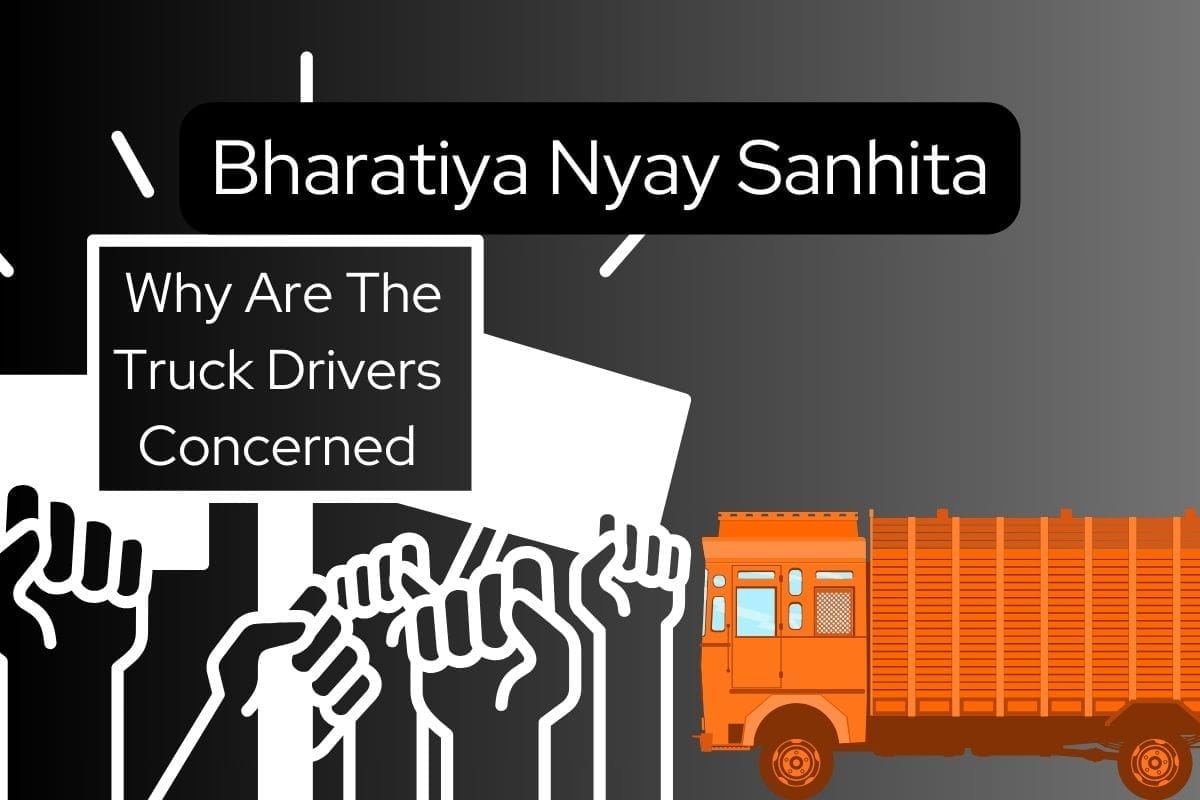
The recent introduction of the Bharatiya Nyay Sanhita (BNS) has brought about a significant change in the legal landscape of India, particularly concerning hit-and-run cases involving truck drivers. This new law replaces the age-old Indian Penal Code and imposes stricter penalties on those who flee the scene after causing serious road accidents.
Understanding Bharatiya Nyay Sanhita (BNS)
BNS, the new legal framework, aims to enhance justice and accountability in hit-and-run cases. It has replaced the colonial-era Indian Penal Code, ushering in more severe consequences for individuals involved in such incidents, especially motorists who escape without reporting the accident.
Stringent Penalties for Hit-and-Run Cases
One of the noteworthy changes introduced by BNS is the substantial increase in penalties for hit-and-run cases. Under the previous Indian Penal Code, the maximum punishment was up to 2 years. However, BNS now stipulates that those responsible for such incidents could face up to 10 years of imprisonment and a hefty fine of ₹7 lakh.
Impact on Truck Drivers
The introduction of these stringent penalties has sparked protests, particularly among truck drivers who argue that the increased fines pose a significant financial burden. Many truck drivers receive low salaries, and the prospect of paying lakhs of rupees in fines is a major concern for them.
Concerns of the Trucking Community
Truck drivers play a crucial role in the transportation sector, and their concerns regarding the BNS penalties should be taken into consideration. Many fear that these high fines may lead to financial hardships, affecting their livelihoods and families.
Examining the Rationale Behind BNS
While the concerns of truck drivers are valid, it’s essential to understand the rationale behind the introduction of BNS. The primary aim is to deter hit-and-run incidents and ensure that those responsible for serious accidents are held accountable.
Balancing Justice and Economic Realities
The challenge lies in striking a balance between justice and the economic realities faced by truck drivers. Policymakers may need to explore solutions that address the concerns of the trucking community while upholding the principles of justice and road safety.
Conclusion
The Bharatiya Nyay Sanhita marks a significant shift in the legal approach to hit-and-run cases, aiming to create a safer road environment. While the concerns of truck drivers are valid, finding a middle ground that balances justice and economic realities is crucial. As this new law takes effect, it is essential for policymakers to consider the broader implications and work towards a fair and effective implementation that benefits all stakeholders.


